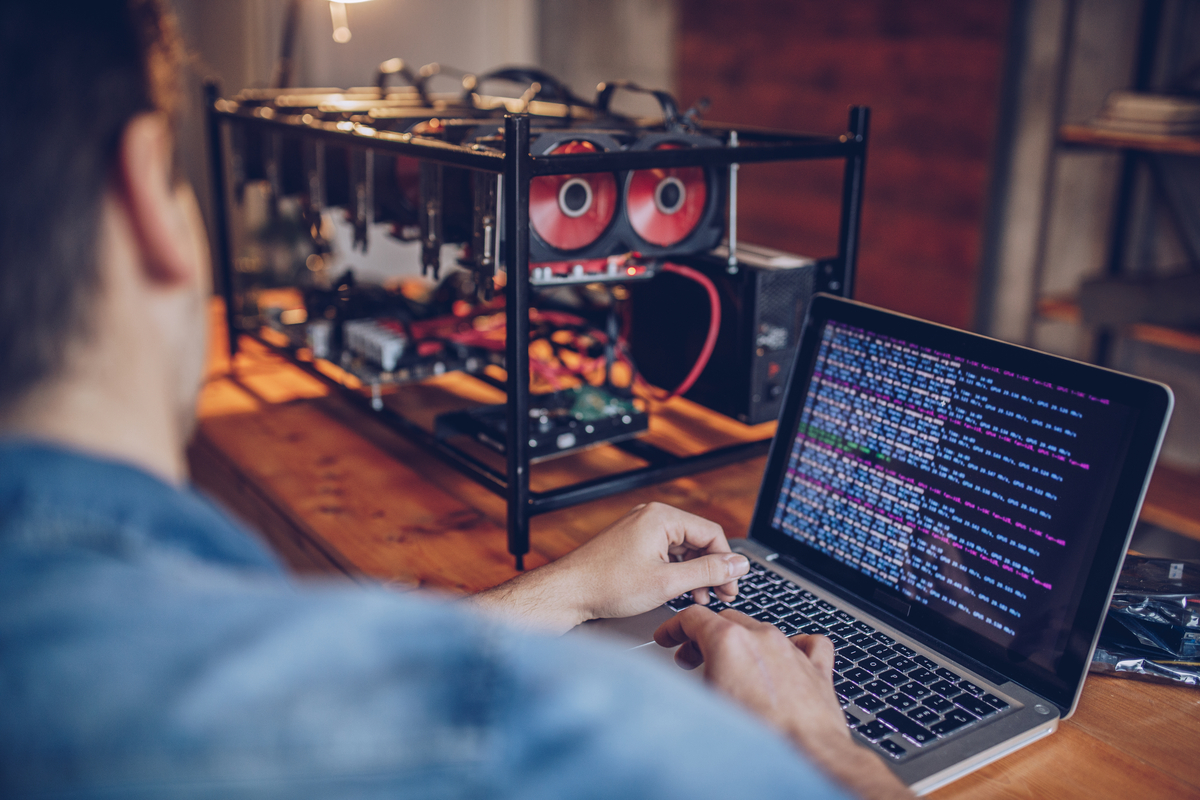Why the Semiconductor Rally Might Not Be Over Yet
![]()
For those with the foreboding sense that they had missed the train, that there was no more room aboard the shimmering stock of TSMC, let me tell you this: there is a reason, profound and destined, why the rally may continue. And it lies not in the stock’s ascent, but in the cold, digital heart of artificial intelligence, which pulses with the promise of endless infrastructure spending in the years to come.








